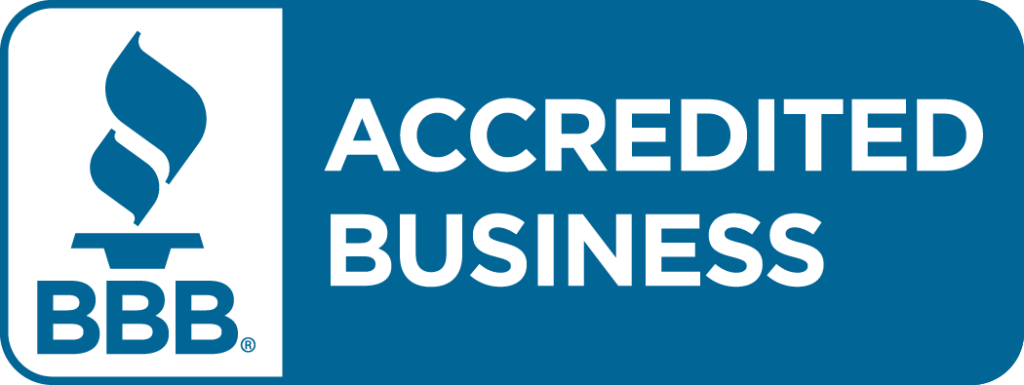
When trucking fleets struggle to hire drivers, their first instinct is to push harder on job ads, increase pay, or shorten the hiring process. But if that were the solution, turnover wouldn’t be at crisis levels, and fleets wouldn’t be facing an ever-growing driver shortage.
The real problem isn’t just hiring more drivers. It’s hiring drivers who stay. Scaling hiring isn’t about dumping more money into lead generation. It’s about fixing the hiring process itself to ensure consistency, efficiency, and retention. Fleets that don’t adapt will keep battling the same hiring challenges while competitors build stable, long-term workforces.
This article breaks down why most fleets struggle to scale hiring efficiently and what the most successful fleets are doing differently.
Less Friction Doesn’t Mean Fewer Standards
Reducing friction makes it easier for drivers to apply. The best fleets remove unnecessary obstacles, simplify applications, and respond quickly so they don’t lose top talent. But removing friction for applicants is not the same as removing structure from the hiring process.
Many fleets try to move faster by skipping qualification steps, loosening screening, or rushing through decisions. Instead of making hiring easier, this burdens recruiters, leads to mismatched hires, and increased turnover.
The fleets that scale successfully reduce friction for drivers without weakening their process:
- Make applications easy to complete while keeping essential screening by removing unnecessary form fields and duplicate questions, but keeping key filters like license type and experience.
- Speed up responses, not decisions by using automation to schedule interviews instantly while keeping structured evaluations in place.
- Simplify the experience without lowering standards by removing redundant paperwork and manual processes that slow things down but keeping structured interviews and road tests where they matter.
Hiring should be easier for drivers and more effective for fleets. The right kind of speed comes from eliminating frustration, not cutting corners.
Expanding Beyond the Same Few Recruiting Channels
Many fleets rely on one or two recruiting sources, typically job boards and referrals. While these sources can be effective, depending on them too heavily limits the hiring pipeline and makes recruiting vulnerable to fluctuations in driver availability.
A multi-channel recruiting strategy builds more consistency and resilience:
- Job boards reach active job seekers who are ready to apply now.
- Digital ads target passive candidates who may not be searching but are open to better opportunities.
- Referral programs tap into current drivers’ networks to find potential hires who are already familiar with industry expectations.
- Social media and employer branding keep your company visible and top-of-mind for future applicants.
- Driver re-engagement campaigns reconnect with past applicants and unresponsive leads who may now be ready to switch jobs.
- School and training program partnerships create a direct pipeline of new drivers entering the industry.
No single channel will provide a steady flow of hires on its own. Fleets that diversify their recruiting strategy can reach drivers at every stage, from actively searching to casually considering a job change.
Lead Volume Alone Won’t Build a Reliable Driver Pipeline
More applications don’t mean more hires, and they definitely don’t mean better hires. Fleets that focus purely on increasing lead volume often end up drowning in unqualified applicants, overloading recruiters and slowing hiring down instead of speeding it up.
The real measure of success isn’t how many applications come in. It’s how many qualified, long-term drivers enter the workforce.
A strong employer brand makes all the difference. When drivers know who you are, what you stand for, and why they should choose you, they come into the process already bought in. Building and maintaining this reputation goes beyond one-time efforts. Fleets need to consistently work on:
- Direct engagement with the driver community to build trust before they apply by participating in online forums and industry events.
- Authentic content on company culture that highlights benefits beyond pay, like work-life balance and respect.
- Consistent messaging across hiring channels, both online and offline, to continuously reinforce a strong reputation.
When a company’s reputation attracts drivers instead of just advertising to them, hiring becomes more sustainable and reduces reliance on reactive hiring.
The Importance of Specialization in the Hiring Process
Many fleets expect recruiters to handle everything. They post jobs, screen candidates, conduct interviews, process paperwork, and follow up with drivers. When hiring is small-scale, this might work. When it’s time to scale, this model collapses.
High-performing fleets specialize their hiring teams to make the process more efficient:
- Recruiters focus on securing top talent by sourcing, screening, and engaging high-potential candidates.
- Processors handle compliance, verify employment, and schedule travel for orientation, keeping the process moving without overloading recruiters.
- Recruiting managers oversee the entire hiring process, ensuring recruitment strategies are aligned with business goals, optimizing team performance, and improving hiring workflows.
When hiring teams split responsibilities, recruiters are able to focus on what actually brings in drivers instead of getting buried in logistics. This results in faster, higher-quality hires without unnecessary bottlenecks.
The Role of Technology in Scalable Hiring
Technology is a powerful tool for scaling hiring, but over-automation backfires when fleets remove too much human interaction from the process.
Some fleets make the mistake of replacing recruiters with fully automated workflows, leading to:
- Cold, impersonal hiring experiences where drivers feel like just another number.
- Lower application completion rates due to a lack of personal follow-ups.
- Missed opportunities to secure top drivers because high-quality candidates expect recruiter engagement.
Instead, fleets that scale successfully use technology to enhance hiring, not replace recruiters:
- Applicant Tracking Systems (ATS) keep candidate data organized, streamline hiring workflows, and allow for smart tagging, so you can keep track of qualified candidates for future opportunities, even if you don’t have an immediate need for them.
- AI-driven screening tools help prioritize top applicants while keeping human decision-making in place.
- Automated scheduling and follow-ups ensure efficiency without making drivers feel ignored.
By using technology for efficiency and recruiters for engagement, fleets create a hiring system that scales without sacrificing candidate quality.
Scaling Hiring Requires Investment in Retention
A common but costly mistake is assuming that once a driver is hired, the job is done. Without proper onboarding and ongoing support, new hires often leave within months, forcing fleets to constantly restart the hiring process and waste resources.
Fleets that truly scale their hiring efforts understand that retention is just as critical as recruitment. They focus on creating a supportive environment that encourages long-term success for drivers:
- Structured onboarding programs set drivers up for success from day one, ensuring they are fully prepared and confident in their new role.
- Ongoing driver engagement through regular check-ins and feedback helps identify and address concerns early, preventing potential turnover.
- Mentorship programs connect new hires with experienced drivers who provide guidance and support, helping them integrate into the company culture and stay motivated long-term.
Retention isn’t a separate issue from hiring. It’s what makes hiring sustainable. Fleets that invest in keeping the drivers they hire spend less time and money constantly replacing them.
Maximizing Budget Flexibility with Trusted Partners
As hiring needs evolve, the ability to adjust your marketing budget in real-time becomes a crucial factor in scaling recruitment efforts. The right support allows you to dynamically allocate resources, ensuring that every dollar spent works toward the most impactful areas:
- Reallocate resources based on need: With strategic support, you can shift your budget to high-demand regions or critical roles, ensuring focused and efficient spending.
- Adapt quickly to market changes: Trusted support helps you stay agile, adjusting your spend based on immediate hiring needs or fluctuating market conditions.
- Make data-driven decisions: Use performance insights to guide spending decisions, ensuring that your budget is continuously optimized for the best return.
With the right support, you can adapt your budget to changing circumstances and scale your hiring efforts without sacrificing efficiency.
Scaling Hiring the Right Way
The fleets that scale hiring successfully:
- Build structured screening to ensure high-quality hires and avoid wasted time
- Use multiple hiring channels to create a consistent and resilient talent pipeline
- Balance branding with lead generation to attract drivers who align with company values and needs
- Specialize hiring roles so recruiters can focus on finding the best candidates without getting bogged down in logistics
- Leverage technology to support, not replace, recruiters, ensuring efficiency without losing the personal touch
- Invest in onboarding and retention to ensure long-term success and minimize turnover
- Maximize budget flexibility by adjusting spend based on market conditions and performance, with the right support guiding informed decisions.
Fleets that fail to adapt will continue losing top talent to competitors who hire smarter.
Randall Reilly helps fleets build scalable hiring systems that work
Let’s build a steady driver pipeline that actually lasts. Contact us today.




